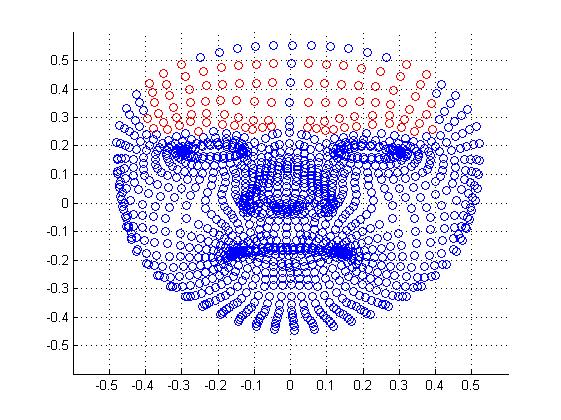
Oldrich Vysata
Charles University, Czech Republic
Title: Quantifying the degree of muscle weakness in bell's palsy using ms kinect 2
Biography
Biography: Oldrich Vysata
Abstract
Statement of the Problem: Bell’s palsy is the most common acute mononeuropathy, and is associated with mostly unilateral facial nerve weakness/paralysis. The grading system developed by House and Brackmann categorizes Bell palsy on a scale of I to VI. This and similar clinical scales allow only a very approximate assessment of the degree of muscle weakness. Evidence of a high interobserver variability of the subjective House-Brackmann facial nerve grading system justifies technological enhancements of objective classifications for facial nerve paresis. Quantification of muscle weakness by 3D scanners in patients with Bell’s palsy was not to the best knowledge of the authors performed. The aim of this work is to design a simple outpatient system for monitoring asymmetry of muscle strength in patients with Bell's palsy based on cheap 3D scanner Microsoft Kinect 2.
Methodology & Theoretical Orientation: MS Kinect's 3D facial model is based on the Candide3 model. The Face Tracking SDK tries to fit a 3D mask to the user’s face. Based on a priori knowledge about the anatomical localization of the observed muscles, areas of interest on the mask were chosen. To test the strength 6 muscles were selected. We have used the modified Hausdorff distance to quantify the side difference of muscle contraction for each muscle of interest. Estimation of the paretic muscle strength is verified in 12 patients with Bell's palsy using EMG and clinical scales.
Findings: This method finds the correct side of the lesion with 100% accuracy. It correlates better with findings of conductive studies and needle EMG than the clinical scale.
Conclusion & Significance: This method allows practically immediate evaluation of the degree of paralysis in Bell’s palsy in outpatient practice. It allows more accurate and reproducible monitoring of therapy results. The method is also suitable for clinical trials.

Recent Publications:
- Vrabec JT, Backous DD, Djalilian HR, Gidley PW, Leonetti JP, Marzo SJ, Morrison D, Ramsey MJ, Schaitkin BM, Smouha E, Toh EH, Wax MK, Williamson RA, Smith EO (2009) Facial Nerve Grading System 2.0. Otolaryngol Head Neck Surg. 140: 445-50.
- Peitersen E (2002) Bell’s palsy: the spontaneous course of 2,500 peripheral facial nerve palsies of different etiologies. Acta Otolaryngol Suppl. 549: 4-30.
- Scheller C et all (2017) Interobserver variability of the House-Brackmann facial nerve grading system for the analysis of a randomized multi-center phase III trial. Acta Neurochir (Wien). 159: 733-738.
- Donato G, Bartlett, Marian S, Hager J, Ekman P, Sejnowski TJ (1999) Classifying Facial Actions. IEEE Trans. Pattern Anal. Mach. Intell. 10: 974.
- Tang XM, Chen JS, Moon YS (2008) Accurate 3D face registration based on the symmetry plane analysis on nose regions. 2008 16th European Signal Processing Conference. 1-5.

